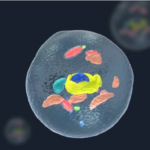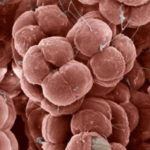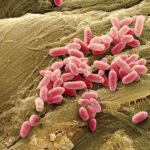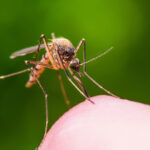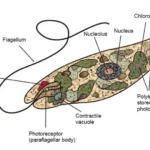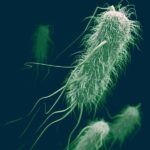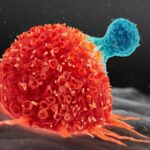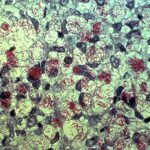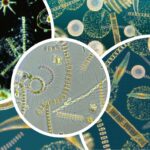The Earth teems with life essential for nutrient cycling and carbon sequestration. Soil, brimming with microorganisms and macroorganisms, encompasses a vibrant realm of living beings, providing them with a habitat.
To delve deeper into understanding this intricate system, an international research team led by EMBL and Tartu University (Estonia) conducted the first global study on bacteria and fungi in soil. Their findings reveal a constant competition among bacteria and fungi for acquiring nutrients, driving them to develop antibiotic resistance to gain an edge over each other. Moreover, this study has implications for predicting the impact of climate change on soil and enhancing our utilization of natural soil components in agriculture.
Research on soil microbiota necessitates scientists to get their hands dirty. Over five years, meticulously selected soil samples were collected from 58,000 sites worldwide, spanning across 1450 fields to ensure minimal human interference, such as agricultural activities. Mohamad Bahram (Tartu University) and Falk Hildebrand (EMBL), along with a large team, established and executed this massive project, collecting samples and analyzing a dataset of 14.2 terabytes. From the sampled 1450 fields, 189 were chosen for in-depth analysis, representing the world’s major biomes from tropical forests to tundra across all continents.
Global Microbial Warfare
Only a fraction, albeit a significant one, of the millions of genes identified in this study overlapped with the existing data from gut and ocean microbiomes. Peer Bork, the group leader at EMBL and a relevant author of the paper, remarks, “The abundance of unknown genes is staggering, yet as far as we can interpret, it points towards a global warfare among bacteria and fungi inhabiting soil.”
In general, the diversity of bacteria in soil tends to be lower when there are more fungi present. The team also found a strong correlation between the number of antibiotic-resistant genes in bacteria and the abundance of fungi, particularly with bacteria capable of antibiotic production such as Penicillium. Falk Hildebrand elaborates on this:
This pattern can be explained by the fact that fungi engage in warfare with bacteria by producing antibiotics, and only bacteria equipped with sufficient antibiotic resistance genes can survive this battle.
Regional Disparities
The team also uncovered regional disparities in the distribution of bacteria and fungi. Bacteria are ubiquitous, showing the highest genetic diversity in temperate regions with a mild climate. Environmental factors like temperature play a crucial role in their relative abundance: they typically favor warm and moist environments.
On the other hand, fungi are more prevalent in colder and drier climates, such as the tundra. Additionally, due to population variations across continents, they tend to be more limited (in smaller numbers) in geographical regions. This indicates that the relative contributions of bacteria and fungi to the nutrient cycle vary worldwide and could be influenced by global climate change, affecting their compositions and functions differently.
Impacts of Human Activities
When comparing data obtained from undisturbed soil areas with those from locations influenced by human activities, such as agricultural analyses or garden lawns, the ratios between bacteria, fungi, and antibiotics were vastly different. According to scientists, this shift in the natural balance likely evolved over a significant portion of Earth’s history and highlights the impact of human activities on soil microbiomes, along with unforeseen consequences.
However, gaining a better understanding of interactions between fungi and bacteria in soil could potentially provide survival chances for beneficial microorganisms in their natural environments, thereby aiding in reducing the use of soil fertilizers in agriculture.

